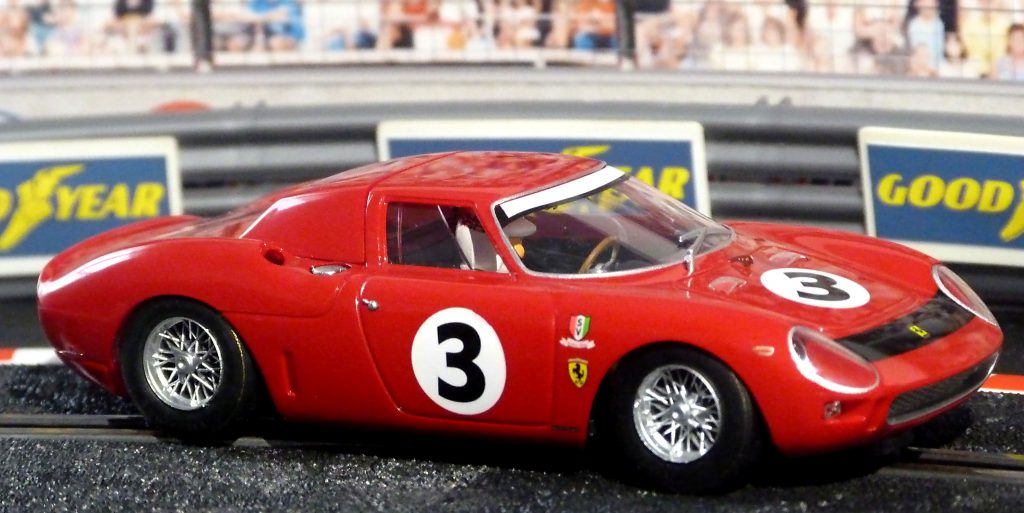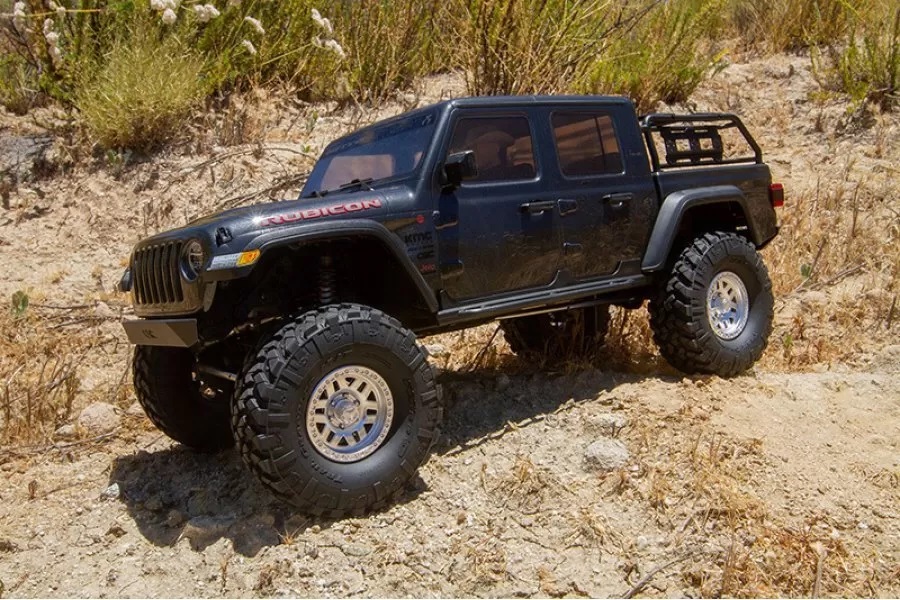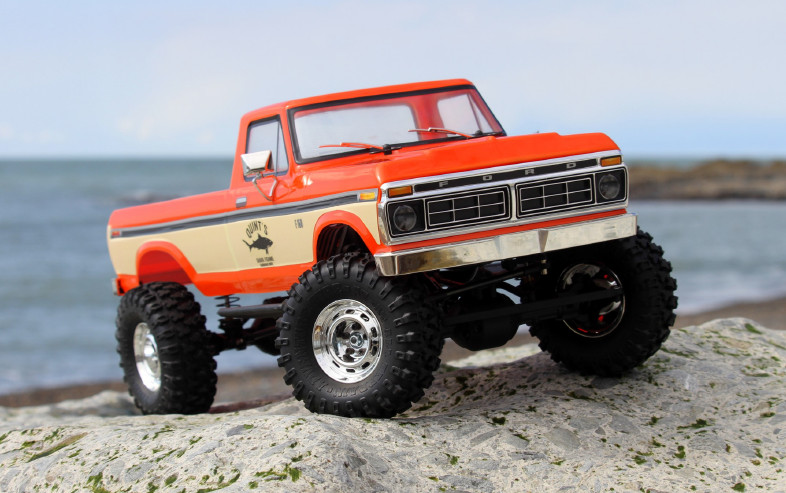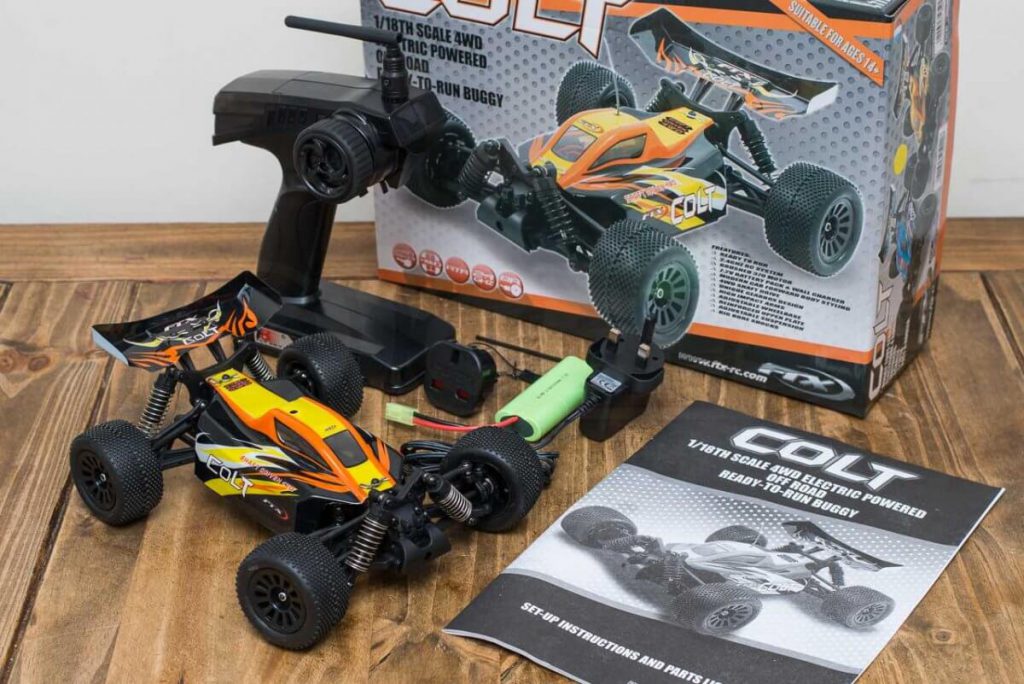It was 1966 when the first-ever remote-controlled RC car was manufactured. The Italian electronics company Elettronica Gioattoli made a small replica of the Ferrari 250LM. It was shortly after the appearance of this model that RC cars began to be manufactured on a large scale. This was thanks to a British company called Mardave. Soon a lot more companies joined in and started to produce RC kits which were then called “pen cars”.

source: pinterest.com.au
During the ’70s the RC world was thriving as more and more designs and models were becoming available. The engines of RC cars improved too, which made them even more popular in the ’80s. During the ’90s, faster RC cars were made and the birth of a new type of RC car took place too – the crawler. Today’s RC models are made of the same basic parts, however, there are a plethora of different types of cars. The most to date. If you’re new to this hobby, you probably have a lot of questions on your mind.
Contents
What Are the Available Types of RC Cars?
Street/ Touring
A touring or street RC car, as many call it, is a model that you’re able to ride on smooth surfaces and it will perform like a charm. While you can’t go off-road with these hobby models they are the most popular items in every hobby shop online store. Their low centre of gravity keeps them grounded and allows for good control over the model. You can’t go over obstacles but you can go pretty fast with them.
Truck
If you want to be able to go over obstacles then you should go for RC trucks. The meanest of them all is the monster truck. These are also popular vehicles that you can find at a well-stocked hobby shop online store. Like their real-life counterparts, RC trucks have the biggest tires and highest ground clearance of all hobby models. This allows them to go over almost every obstacle without a worry in the world.

source: www.hobbiesdirect.com.au
Trucks are, however, among the slowest RC road cars, if not the slowest. If you want a speedier version of the monster truck, get a short course truck. This version is made with a lower centre of gravity and longer shock absorbers. They can still go over obstacles but not as easily as a monster truck.
Drift
These RC cars are much like street/ touring vehicles since they have a low centre of gravity and are meant to be driven on smooth surfaces. The difference here is that you can drift with them, hence the name. Drift cars have slick tires which allow you to drift more easily. But drifting however isn’t easy to do – you’ll need a lot of practice.
Crawler
If you’re out there looking for an off-road RC vehicle but don’t like big bulky tires and bodies go for a crawler. With it, you’re still able o go over uneven surfaces and varying terrain quite easily. You also get a speedier off-roader than a truck. Usually, these are meant for crawling over rocks.
Buggy
If you want an off-road vehicle that can drive on all sorts of terrains at a high speed a buggy is the perfect option for you. No matter if it’s muddy stretches or the smooth asphalt in the neighbourhood you will keep the speed high without worrying about a tire coming off.
What Does Scale Mean in RC Cars?
The scale of any type of R vehicle refers to its size when compared to its real-life counterpart. For example, a 1:10 scale monster truck is 1/10th of the size of the real-life model – 10 smaller. However, the actual size in cm varies from model to model.

source: canadahobbies.ca
How Fast Can RC Cars Go?
The range of speeds RC cars can reach starts anywhere from 16 km/ h to an impressive 110 km/h. There are even some advanced racing models that are able to travel at 160 km/ h. This is fast for any regular car let alone for small RC vehicles.
How to Use an RC Car?
Via a Radio System
The radio or the controller of the vehicle is usually a pistol type. It has a handle just like a pistol and the controls are on a trigger and a wheel. Most of these controllers are made for right-handed people. This means you’ll need to hold one with your left hand so that you steer with your right hand. You operate the throttle and brake with your forefinger placed on the trigger. To make the car go forward you pull the trigger and to operate the brakes you push it.

source: .rcgeeks.co.uk
Steering
Steering an RC car is done with the wheel on the transmitter. Turning the wheel clockwise make the vehicle go right and turning it counter-clockwise makes it go left. When driving an RC car and coming onto sharp corners you’ll want to hug them. This means going close to the edge of the corner whilst turning your vehicle to the left or right. Mild curves are best done by keeping your vehicle as straight as possible while getting near to the curve touch the side of it just a little bit. Do not turn your vehicle as you lose momentum this way.











